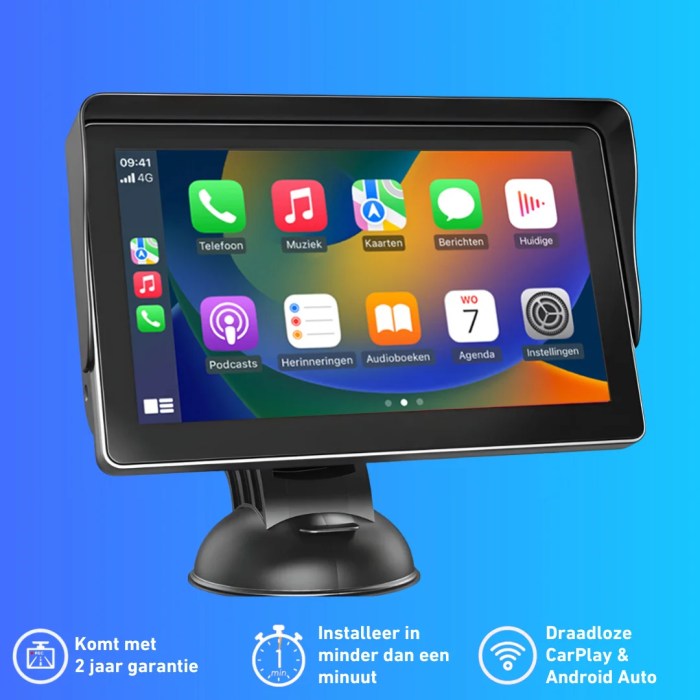Introduction
In today’s digital age, the seamless connection between devices plays a crucial role in our productivity and convenience. When it comes to printing documents, photos, or other materials, establishing a reliable connection between your computer and HP printer is essential. Whether you’re a student, professional, or casual user, understanding the process of connecting your HP printer to a computer can save you time and frustration. This article aims to provide you with a comprehensive guide on connecting your HP printer to a computer, ensuring a smooth and hassle-free printing experience.
Gathering the essentials:
Before initiating the connection process, it’s important to ensure you have all the necessary items and information at hand. Here’s a checklist to get started:
- HP Printer: Ensure your HP printer is powered on, properly set up, and connected to a power source.
- Computer: Make sure your computer is powered on and operational.
- USB or Ethernet cable: Depending on your printer model, you’ll need either a USB cable or an Ethernet cable.
- Printer drivers: Visit the official HP website (hp.com) to download and install the latest drivers for your specific printer model.
Connecting via USB cable
If your HP printer supports USB connectivity, follow these steps:
- Locate the USB port on both your printer and computer.
- Connect one end of the USB cable to the USB port on the back or side of your printer.
- Connect the other end of the USB cable to an available USB port on your computer.
- Wait for your computer to recognize the printer. In most cases, it will automatically install the necessary drivers. If not, refer to step 5.
- Install printer drivers: If your computer doesn’t automatically detect and install the drivers, visit the HP website, search for your printer model, and download the appropriate drivers. Follow the on-screen instructions to complete the installation.
- Test the connection: Open a document or photo on your computer and click “Print.” If the printer successfully prints the document, the connection is established.
Connecting via Ethernet (Wired) or Wi-Fi (Wireless)
HP printers often support both wired (Ethernet) and wireless (Wi-Fi) connectivity options. Follow these steps to connect your printer via Ethernet or Wi-Fi:
- Wired (Ethernet) connection:
- Connect one end of the Ethernet cable to the Ethernet port on your printer.
- Connect the other end of the Ethernet cable to an available Ethernet port on your router or network switch.
- Allow your printer a few moments to establish a connection with the network.
- Install printer drivers as mentioned in Step 2 (if necessary).
- Test the connection by printing a document from your computer.
- Wireless (Wi-Fi) connection:
- On your printer’s control panel, navigate to the wireless settings or network setup menu.
- Choose the option to connect to a wireless network.
- Select your Wi-Fi network from the available options and enter the network password if prompted.
- Follow any additional on-screen instructions to complete the setup.
- Install printer drivers as mentioned in Step 2 (if necessary).
- Test the connection by printing a document from your computer.
Conclusion
Establishing a seamless connection between your HP printer and computer is vital for efficient printing tasks. Whether you choose a USB, Ethernet, or Wi-Fi connection, following the steps outlined in this comprehensive guide will help you achieve a hassle-free setup. Remember to download and install the latest printer drivers from the official HP website to ensure optimal performance.









